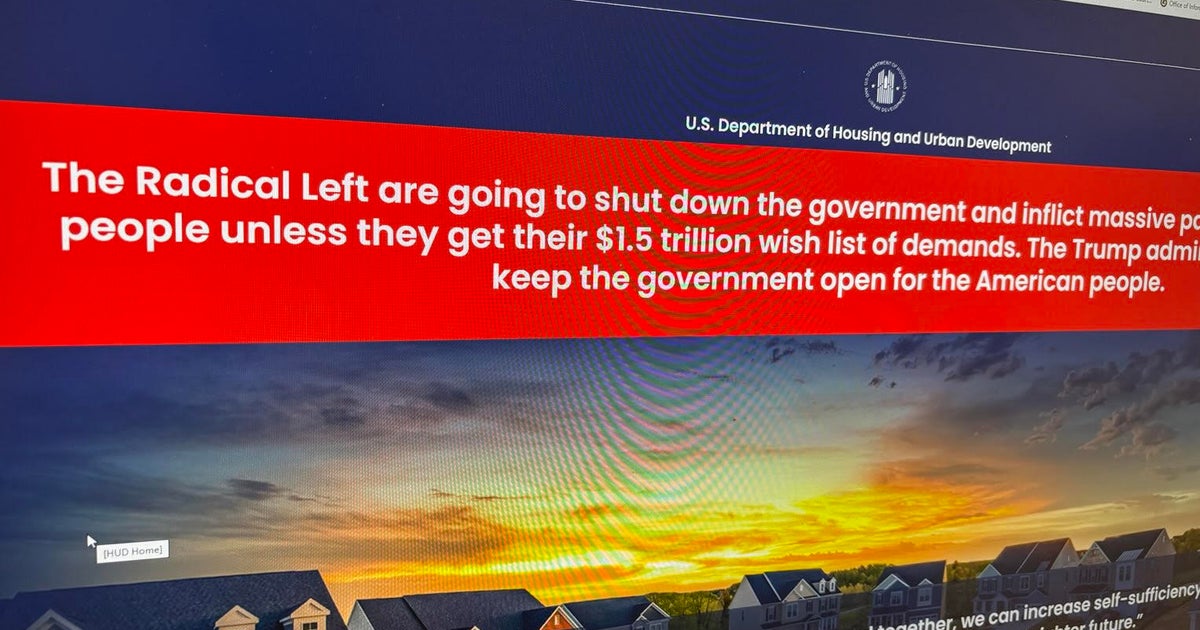
Just west of Fort Qu’Appelle in Saskatchewan, the Standing Buffalo Dakota Nation is taking bold steps to revive ancient trade routes as part of a groundbreaking initiative to establish an Indigenous-governed trade corridor across the US-Canada border. This ambitious project aims to allow trucks from the First Nation to transport food, furniture, and even critical minerals south of the border, all while bypassing taxes and tariffs that have historically hindered Indigenous trade.
For centuries, Indigenous peoples exchanged goods, knowledge, and cultural practices across the land that is now divided by the US-Canada border. These vibrant networks were disrupted by colonial laws that divided families and communities, but they are now being reimagined as a modern supply chain deeply rooted in Indigenous law and sovereignty. “We’re operationalizing our old corridors—taking ancient trade routes our elders told us about and articulating them in a modern context,” explained Solomon Cyr, spokesperson for the Standing Buffalo Dakota Nation.
In the coming week, the First Nation plans to formalize its partnership with the Fort Peck Sioux Tribes in Montana by signing a memorandum of understanding to advance the trade corridor and its accompanying infrastructure development. The corridor seeks to utilize traditional routes that traverse Dakota territories in Saskatchewan, Alberta, and Manitoba, extending into the United States, thereby reviving the historic Oceti Sakowin trade network. This alliance of seven Dakota, Lakota, and Nakota Indigenous groups has historically facilitated economic and military ties across their territories. “We have a lot of history, and even to this day, ties linking us to our relatives,” stated Rodger Redman, chief of the nation.
Redman emphasized that this corridor is not just a symbolic gesture; it represents a powerful economic engine for both countries. The Standing Buffalo Dakota Nation sits atop a region rich in critical minerals vital for global industries, including renewable energy and technology. By controlling the corridor, Indigenous nations can manage the movement of these valuable resources and expand economic opportunities for their communities.
The proposal includes a staggering $2 billion infrastructure plan submitted to Canada’s Privy Council, aimed at developing core projects such as a cross-border trade portal, renewable energy corridors, and smart transportation networks. “We’re not only talking about natural gas or oil pipelines,” Cyr said. “We’re talking about furniture, anything connected to the GDP that moves on trucks, trains, or pipelines that can be tax exempt, so long as the products move from point A to point B.”
Currently, this is the only Indigenous nation actively pursuing a trade corridor of this kind, which has the potential to revolutionize commerce between the United States and Canada. “It’s a very distinctive and powerful world-class application of an old Indigenous order of operations,” Cyr remarked.
Redman pointed out that this initiative is part of a long-standing relationship with the British Crown and Indigenous allies, emphasizing that the nation never ceded its land or jurisdiction. “There was a promise to our people that we would continue to trade and be allowed to trade in our traditional territories. Today, we are operationalizing those promises made by the Crown that we would continue to trade in our personal territory,” he stated.
The promise Redman refers to is rooted in the Jay Treaty, a 1794 agreement between the United States and Great Britain that recognizes the right of Indigenous peoples to freely cross the US-Canada border for trade and travel. However, Nadir André, a partner at JFK Law specializing in Aboriginal Law, noted that while the United States acknowledges and enforces the treaty’s provisions, Canada has never recognized its validity. A Supreme Court decision in the early 2000s found that the Jay Treaty is not enforceable in Canada, leaving Indigenous peoples without a clear legal right to bring goods across the border for trade.
“While First Nations can bring fuel from Canada to the US without paying duty taxes, the reverse—bringing goods from the US into Canada—is not legally recognized,” André explained. He also raised concerns that without proper verification processes, there is a risk that non-Indigenous companies could exploit the system by falsely claiming Indigenous status.
The challenges extend beyond legal frameworks; they also encompass strict environmental, health, and safety regulations. Questions arise about the types of products that can be traded. “Would you allow drinkable water as a trade? Could you bring water by bulk from Canada to the States through this initiative? Or would it be limited to certain items that are already allowed for trading?” André queried.
Governance poses another significant hurdle, as trade regulations in Canada involve multiple layers of government—provinces, territories, and federal departments—while the US adds complexity with 51 states, each with its own regulations. Coordinating among these authorities will be a formidable task.
Historically, similar efforts have faltered, such as during the renegotiations of the North American Free Trade Agreement in 2016. However, for the Standing Buffalo Dakota Nation, this initiative represents a breakthrough. Until 2024, the nation was not officially recognized as an Indigenous nation in Canada. After an apology from the Canadian government for this oversight, Standing Buffalo and eight other Dakota and Lakota First Nations were granted constitutional protections under Section 35, marking a significant step towards reclaiming their sovereignty.
Cyr articulated the impact of this recognition by stating, “We were called refugees and treated in a discriminatory fashion without rights or recognition. Now, with constitutional protections, we’re asserting sovereignty over our lands and trade.”
Redman has been actively pursuing the trade corridor through international diplomacy, including high-level meetings in Mexico City with officials from CUSMA, the Canada-United States-Mexico Agreement. While waiting for Canada to formally recognize its sovereignty, the nation has found greater openness from officials in Mexico and the US to collaborate.
The Standing Buffalo Dakota Nation has also instituted its own consultation frameworks and environmental oversight processes to ensure that its rights remain central in developments on its lands. Funding for the initiative is expected to come from various sources, including the First Nations Finance Authority, the federal Indigenous Loan Guarantee Program, and other investment partnerships.
“We’re not begging for crumbs anymore. We’re demanding what’s rightly ours and share our responsibility to Mother Earth,” Redman declared. “We’re asserting our sovereignty. We’re here to give them notice that we have our trade corridor and we’re implementing that.”


